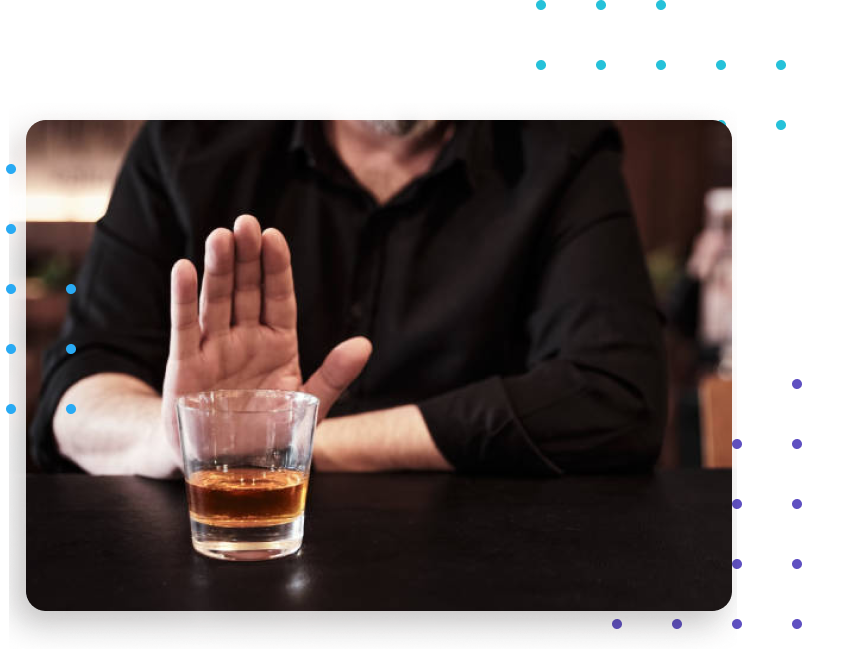
How to Quit Drinking
How to Quit Drinking: A Practical, Honest Guide
Quitting alcohol isn’t like giving up coffee or cutting out sugar. Alcohol is legal, easy to find, and celebrated in nearly every social setting. Weddings, holidays, brunches, late-night events—even airline flights and comedy shows—often revolve around a drink in hand. You don’t realize how ever-present alcohol is until you try to stop. Imagine suddenly developing an allergy to gluten, dairy, and soy all at once. Everywhere you turn, temptation is baked into the occasion.
Unlike a food intolerance, though, quitting alcohol can make you feel like an outsider. Not raising a glass during a toast can feel awkward. And since alcohol is woven into the culture, you can’t simply move to a new city or block old contacts to escape it. To succeed, you need a thoughtful strategy. Here’s a step-by-step approach to help you navigate the path to sobriety.
1. Acknowledge the Problem
The first step is honest self-recognition. Many people who drink heavily don’t label themselves as having a problem. But awareness changes everything—just like when someone mentions they keep finding bobby pins everywhere and suddenly you notice them too. Admitting you have a drinking problem helps you recognize patterns and triggers, making it easier to change.
2. Understand Why You Want to Quit
Once you admit there’s an issue, ask why you want to stop. How is alcohol affecting your relationships, career, health, or happiness? Not all alcohol misuse looks dramatic—many people appear to function normally while struggling inside. Consider a trial period of sobriety to see how you feel. You may notice better sleep, clearer thinking, and unexpected savings.
3. Reevaluate Your Social Circle
Social drinking buddies can make or break your progress. Let your close friends and family know you’re getting sober so they can support you. If certain friendships are built entirely around drinking, create distance. Healthy relationships will endure; others may fade—and that’s okay. Surround yourself with people who respect your choice.
4. Prepare for Withdrawal
Withdrawal symptoms typically begin within 24 hours of your last drink and can last up to a week. Expect possible insomnia, tremors, flu-like symptoms, and mood swings. Alcohol is both a depressant and a dopamine booster, which means quitting leaves your brain recalibrating its chemistry. Sudden mood changes are normal, but if symptoms feel severe, seek medical support—alcohol withdrawal can be dangerous.
5. Manage Cravings
Cravings are powerful memory-driven urges linked to your brain’s reward system. They usually fade with time, but triggers—like certain places, people, or emotions—can bring them back. Try these strategies:
Leave the trigger: If a situation stirs a craving, physically remove yourself.
Talk it out: Share what you’re feeling with a trusted friend or support partner.
Remind yourself why: Focus on long-term goals and the reasons you chose sobriety.
Tracking your triggers can help you anticipate and avoid them in the future.
6. Commit One Day at a Time
Recovery is a lifelong commitment, but thinking too far ahead can feel overwhelming. Treat each day as its own victory. Some days will feel easy; others will test every ounce of willpower. Celebrate small wins to keep your brain’s reward system engaged while quietly stacking long-term milestones.
Quitting drinking is challenging, but absolutely possible. Success relies on self-awareness, a strong support system, and daily commitment. By focusing on today, practicing self-care, and seeking professional help if needed, you can break free from alcohol’s grip and build a healthier, more fulfilling life—one day at a time.
© Soberlyze — lovingly created byetha.
This app was thoughtfully built to support your sober journey, and every feature is crafted with care. All rights remain with Byetha, but the experience is all yours to enjoy.